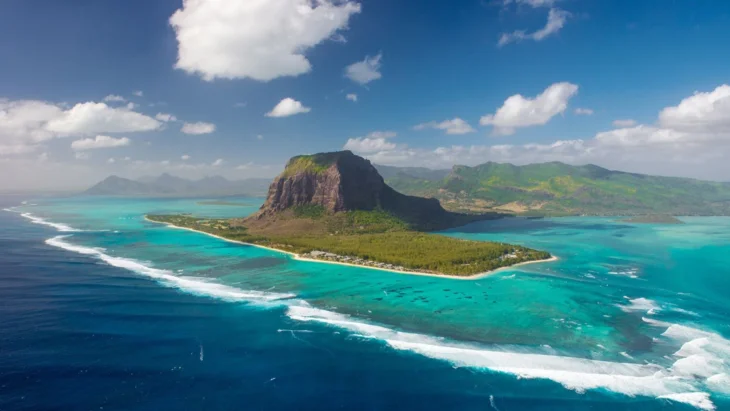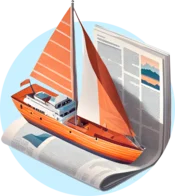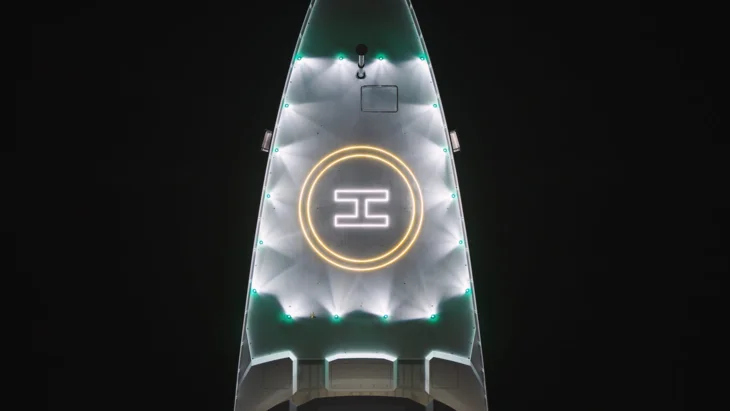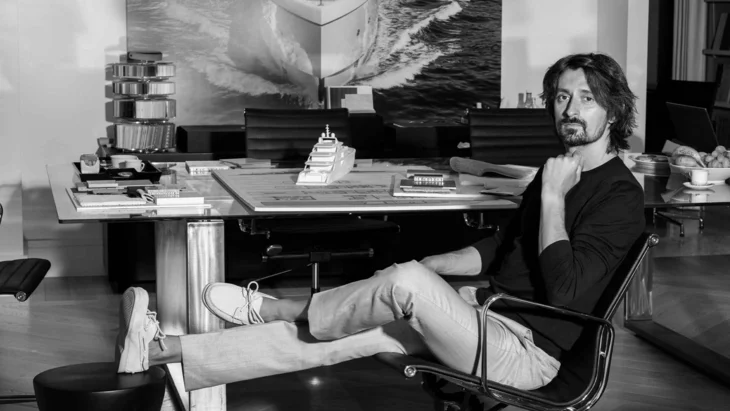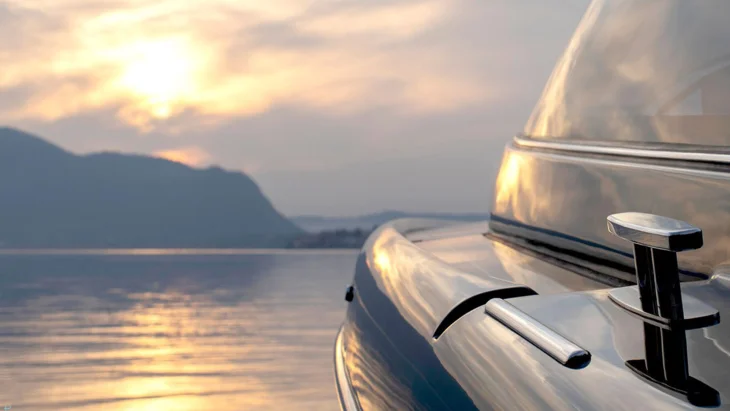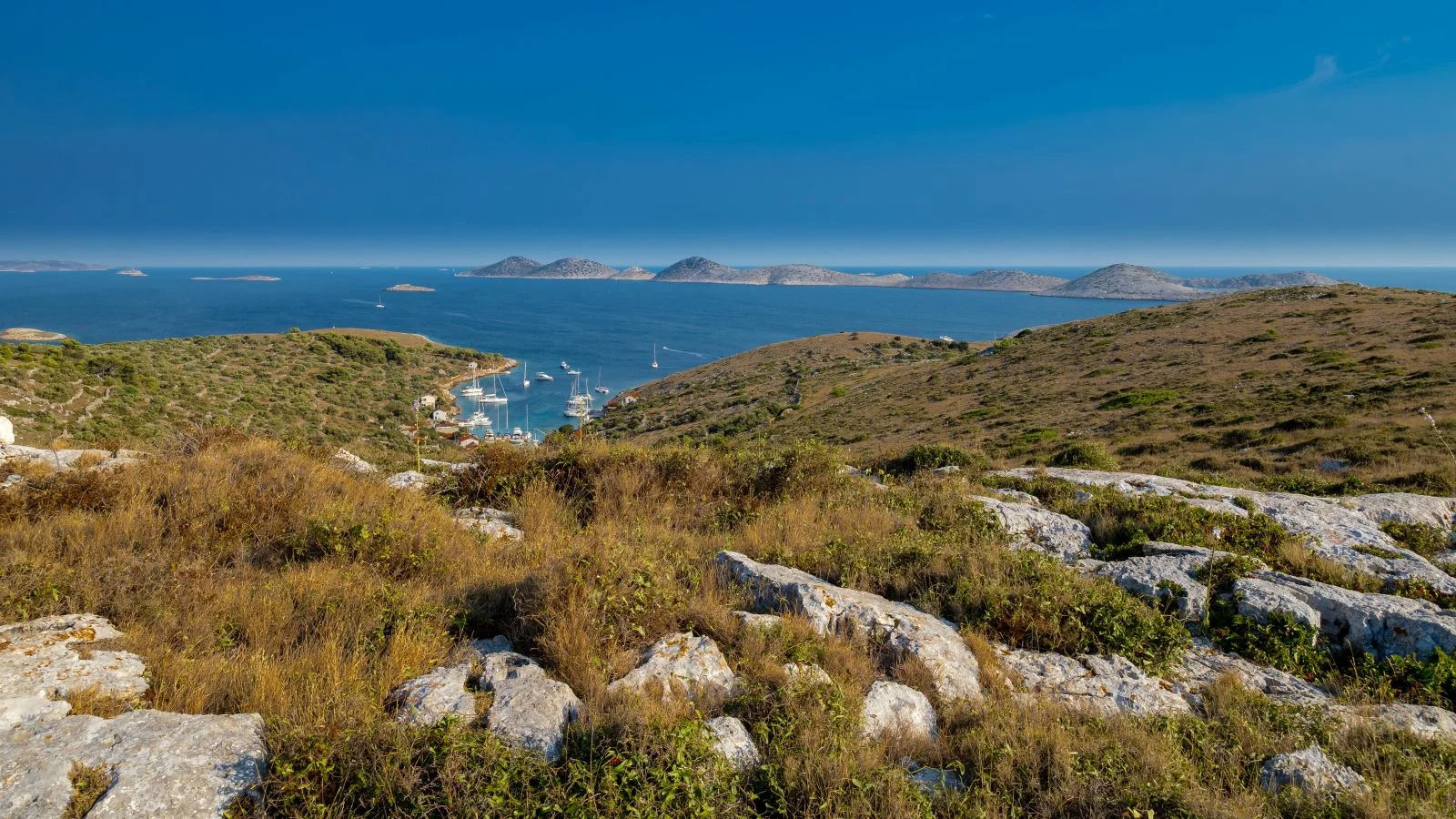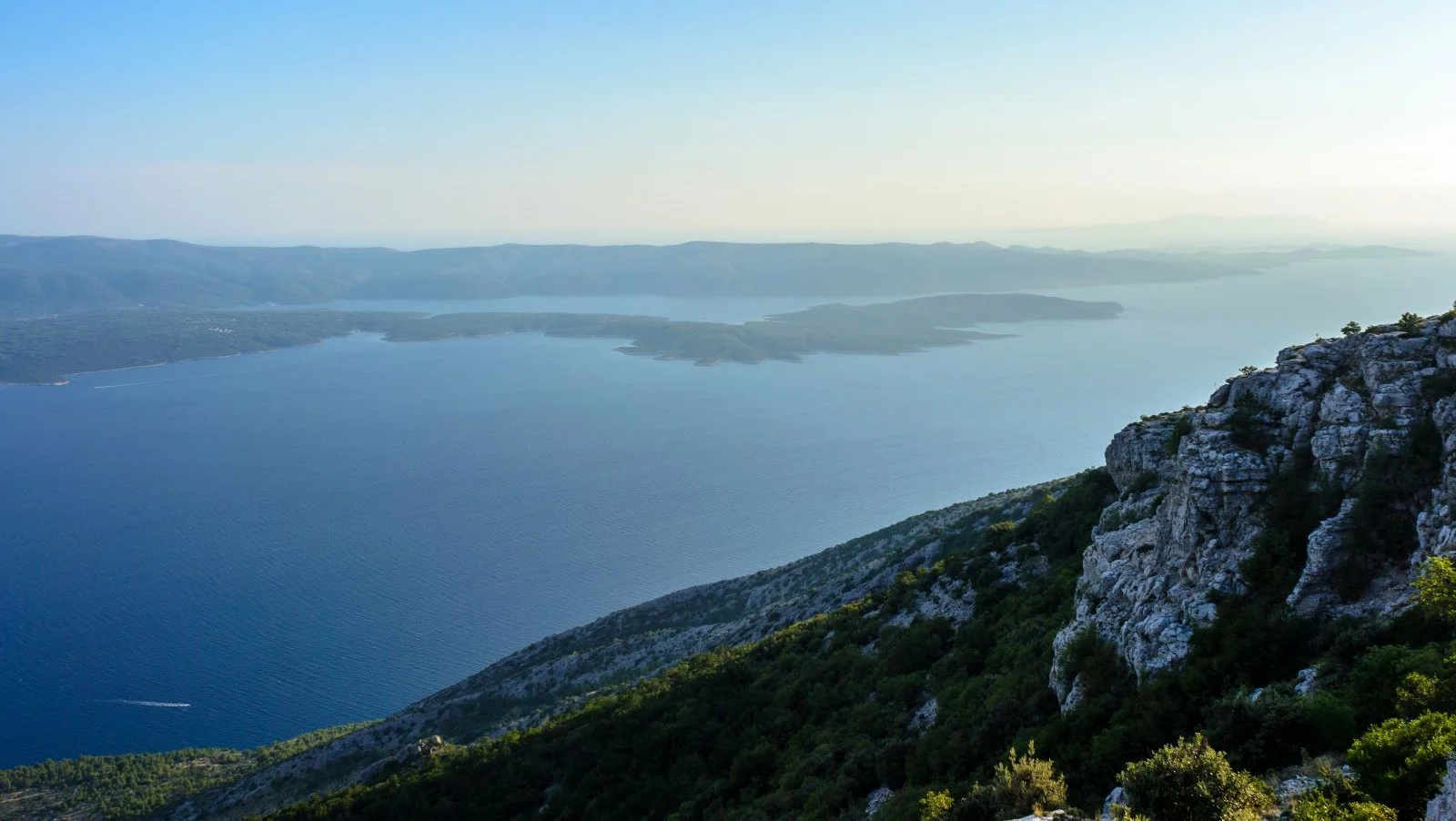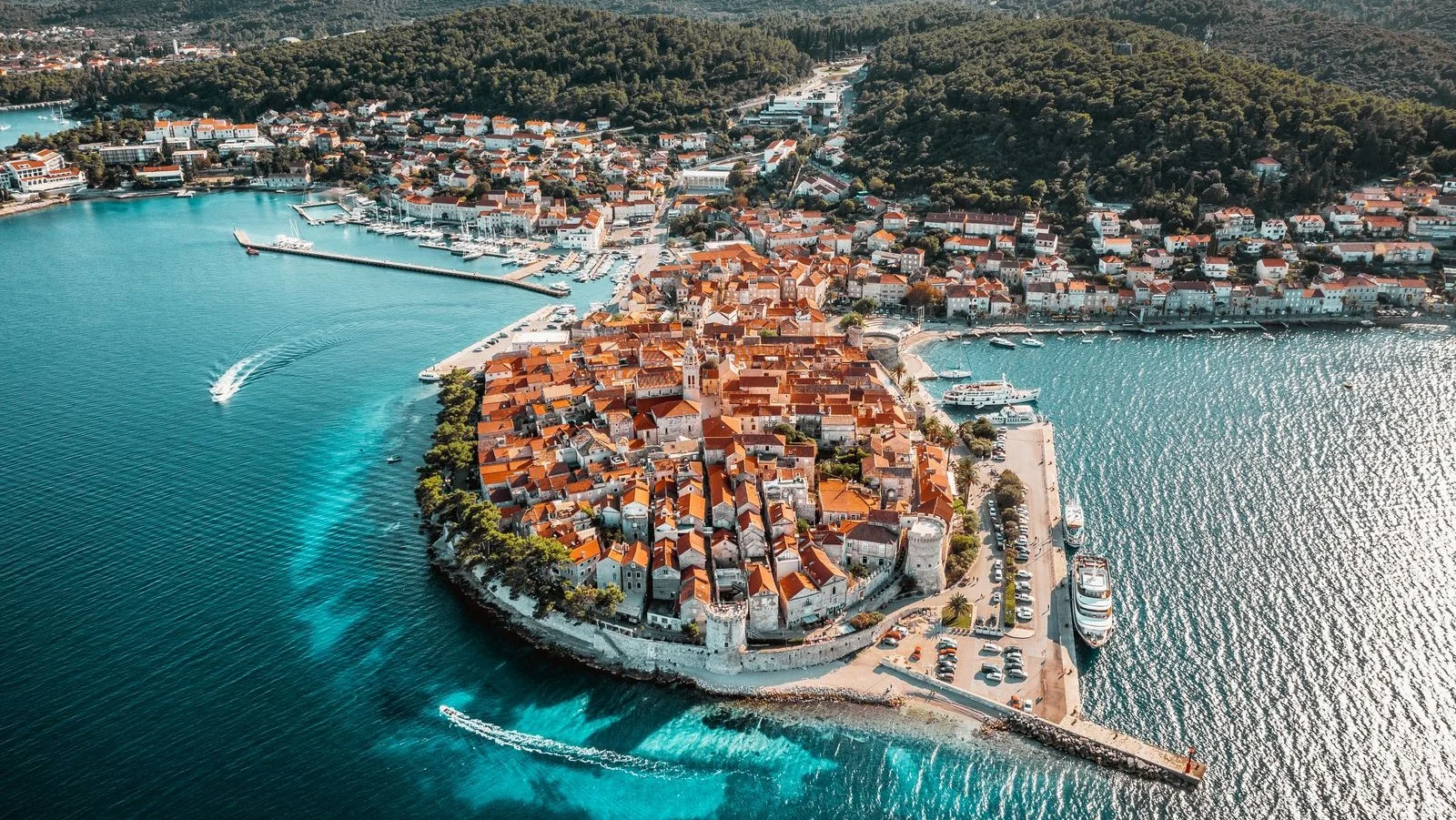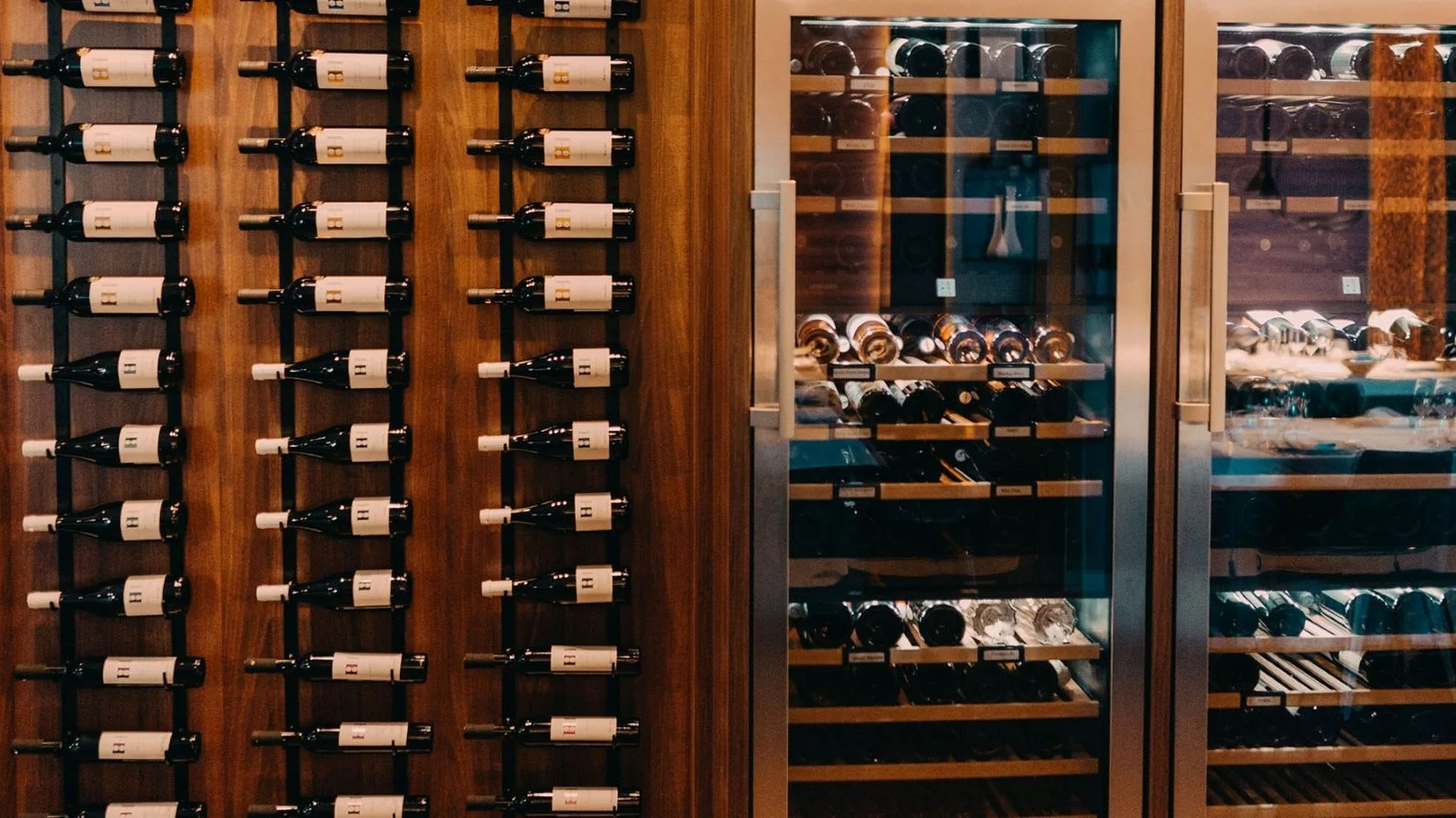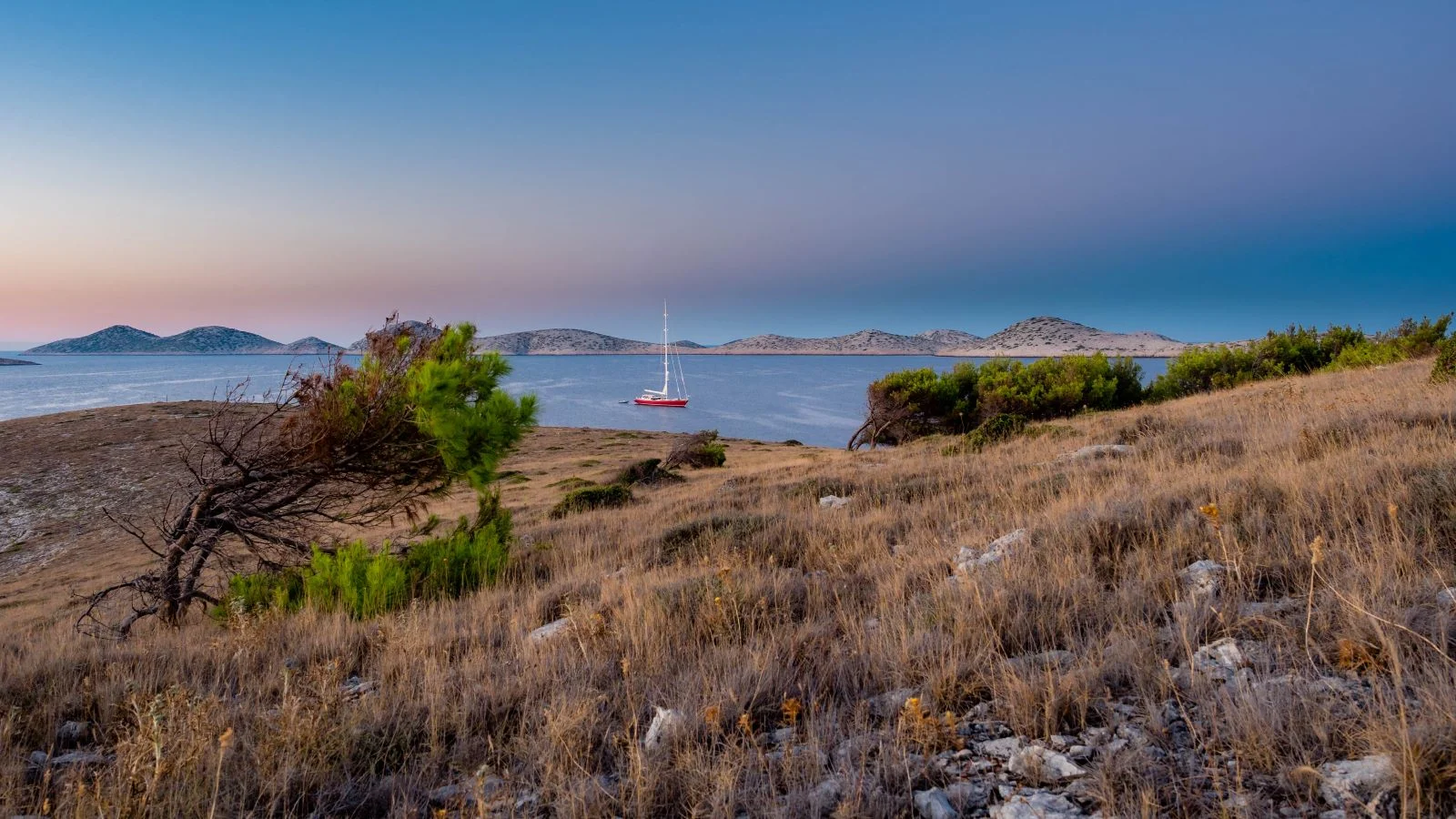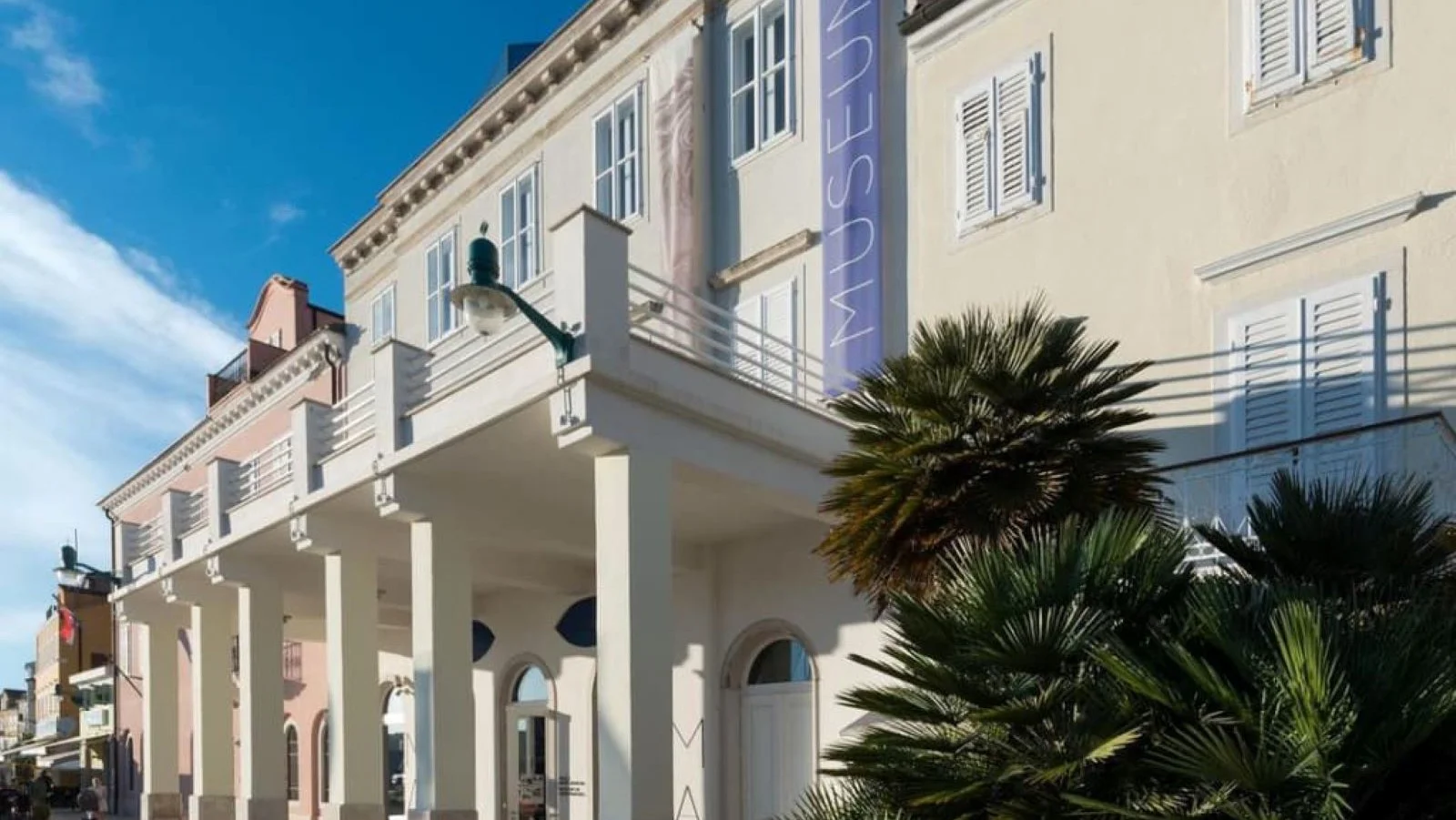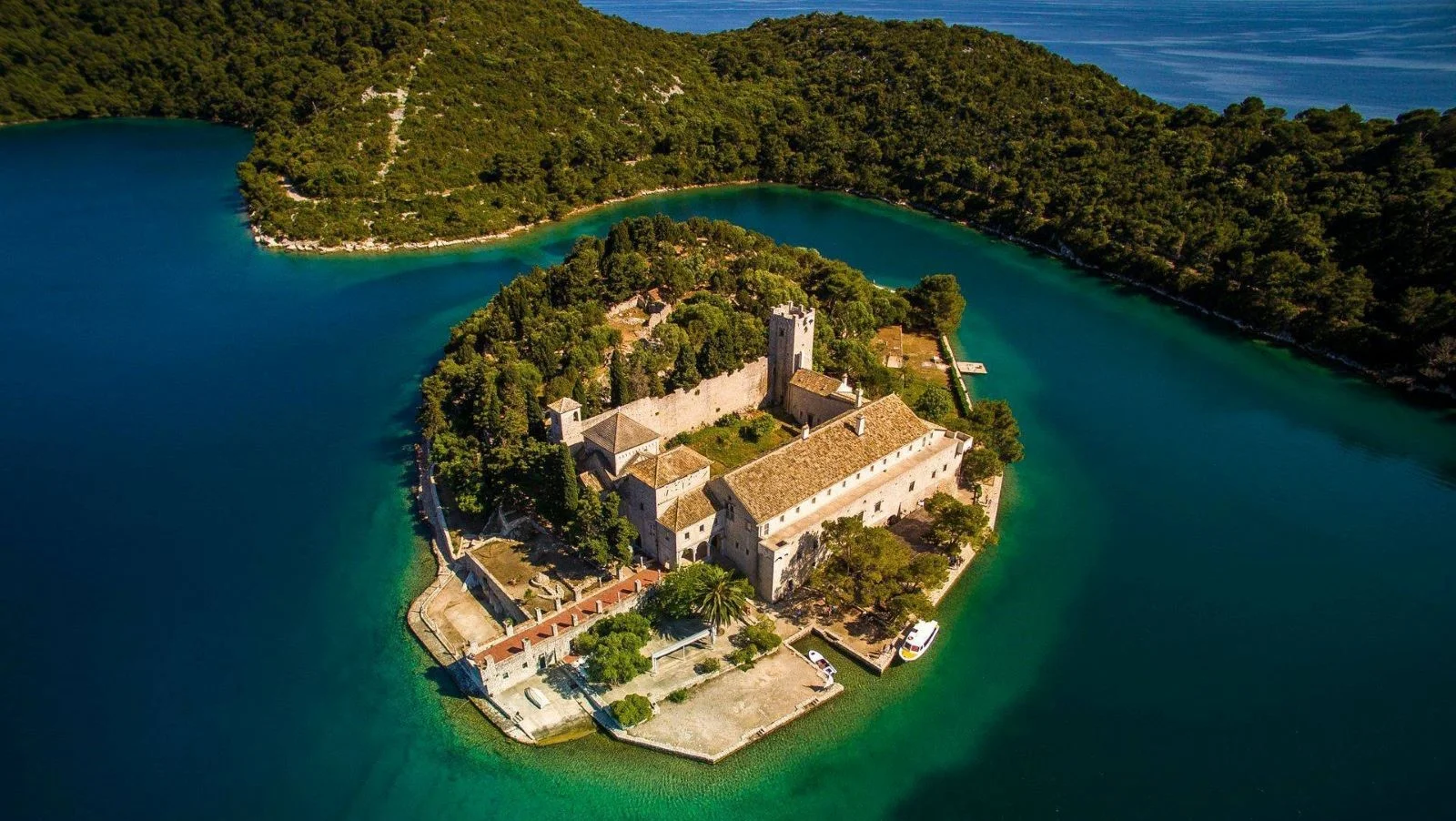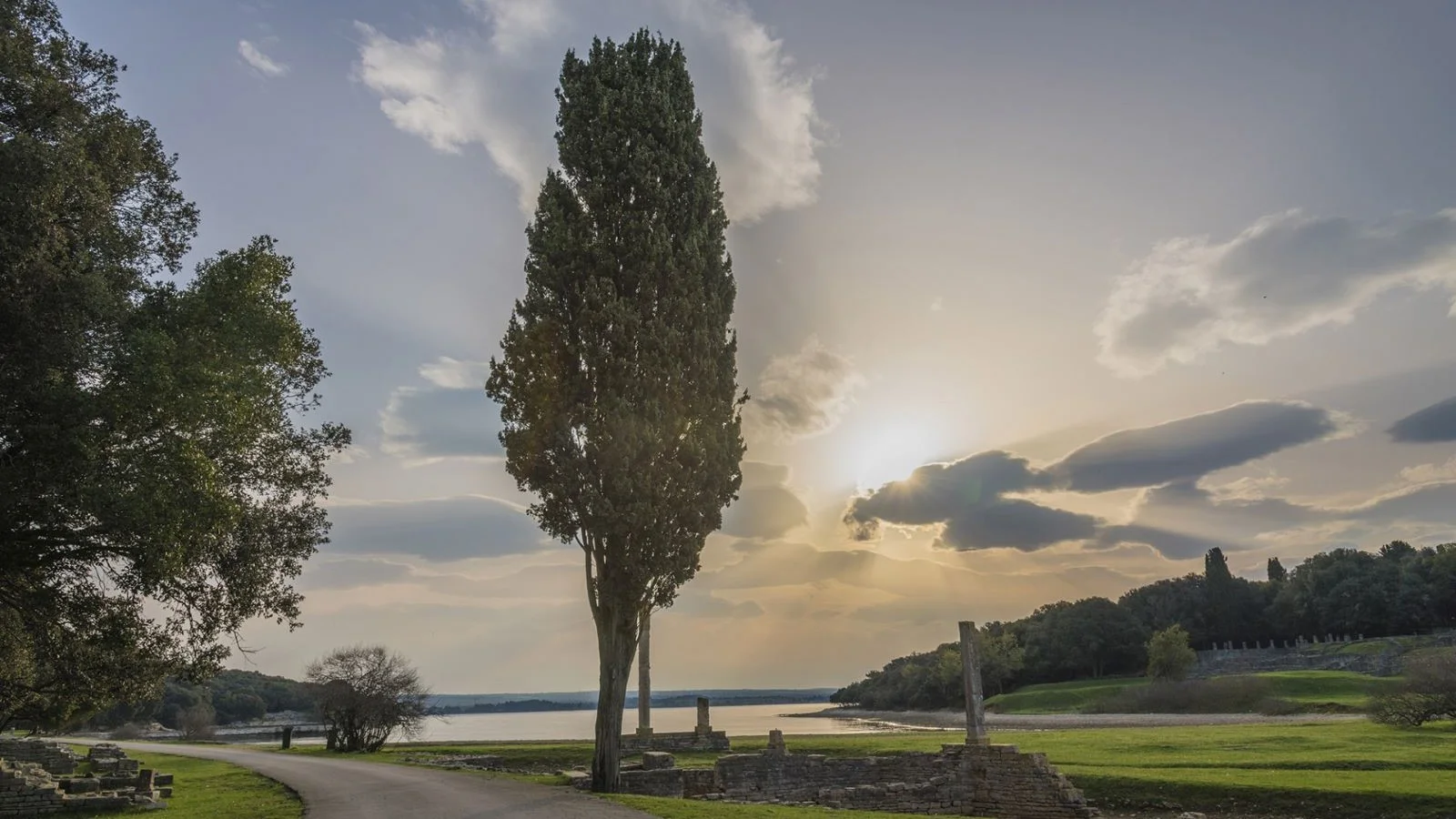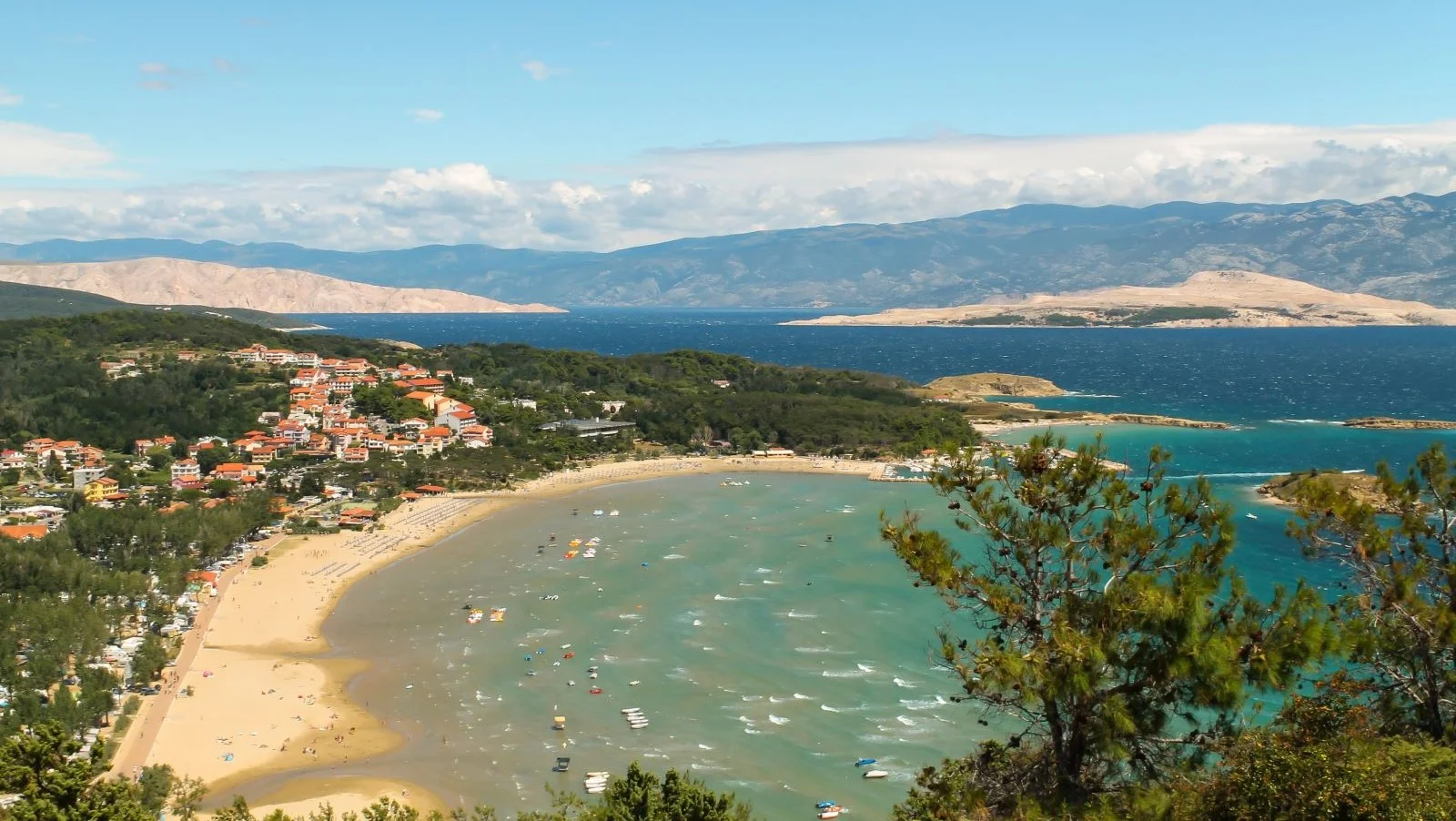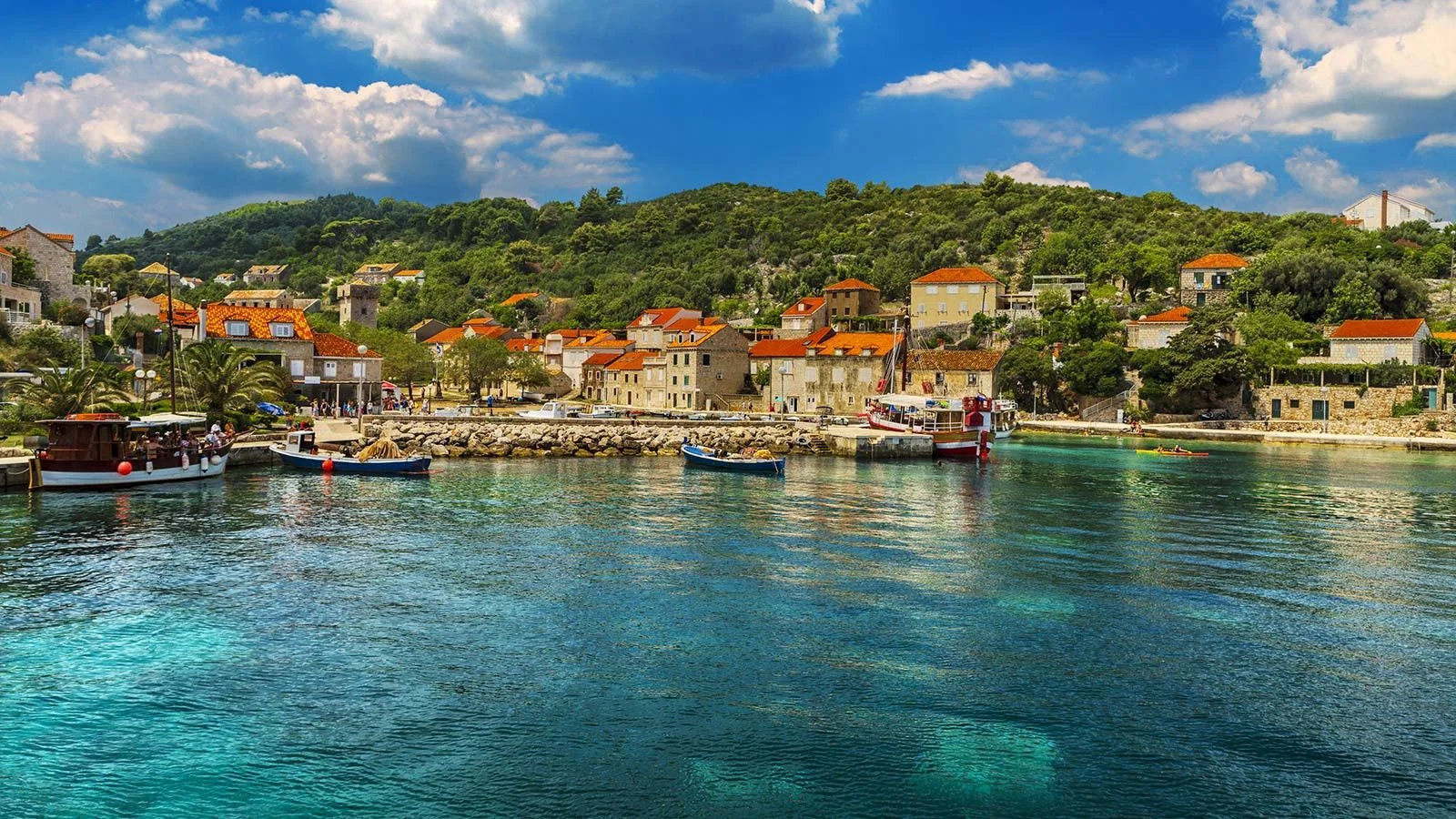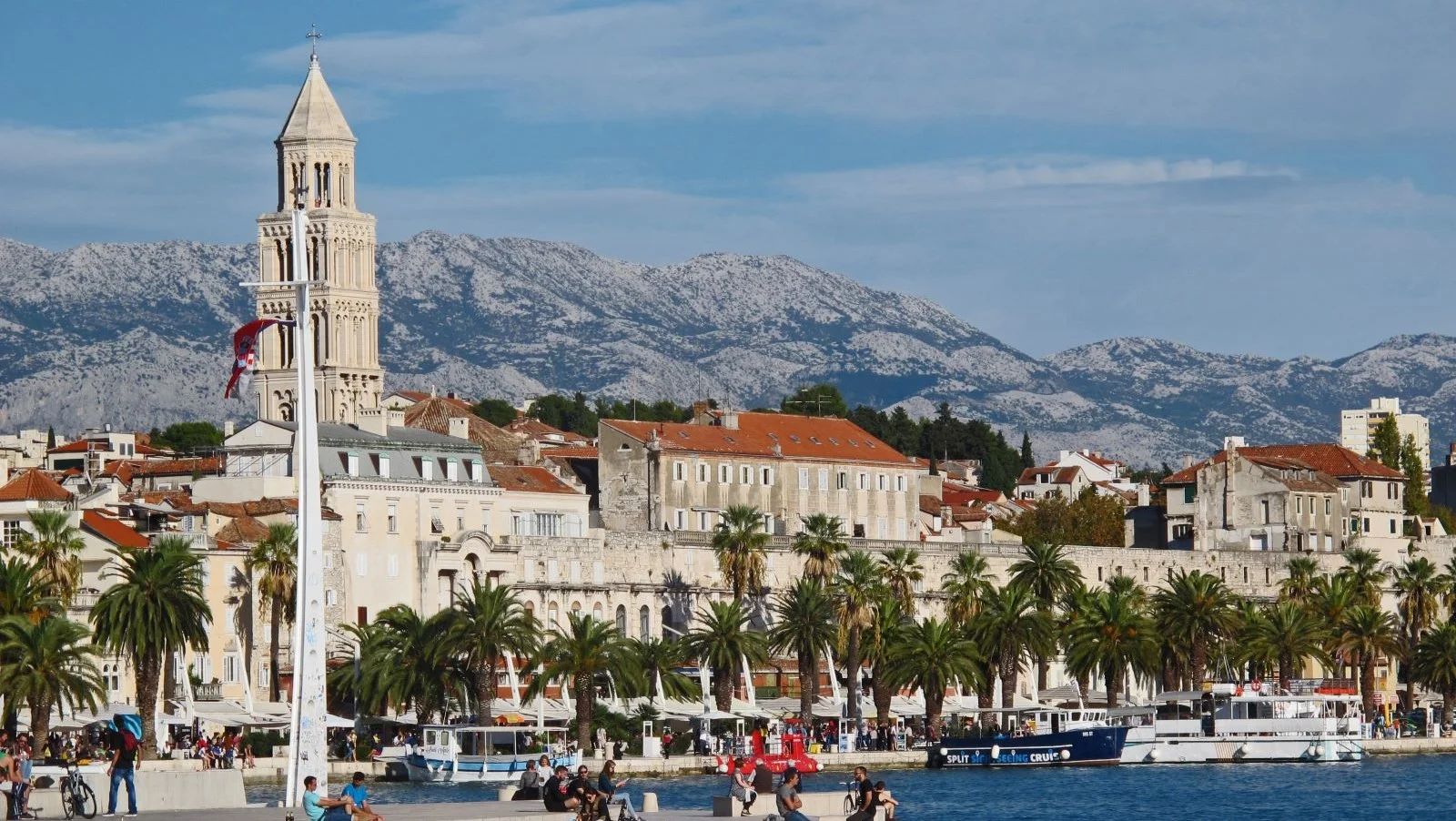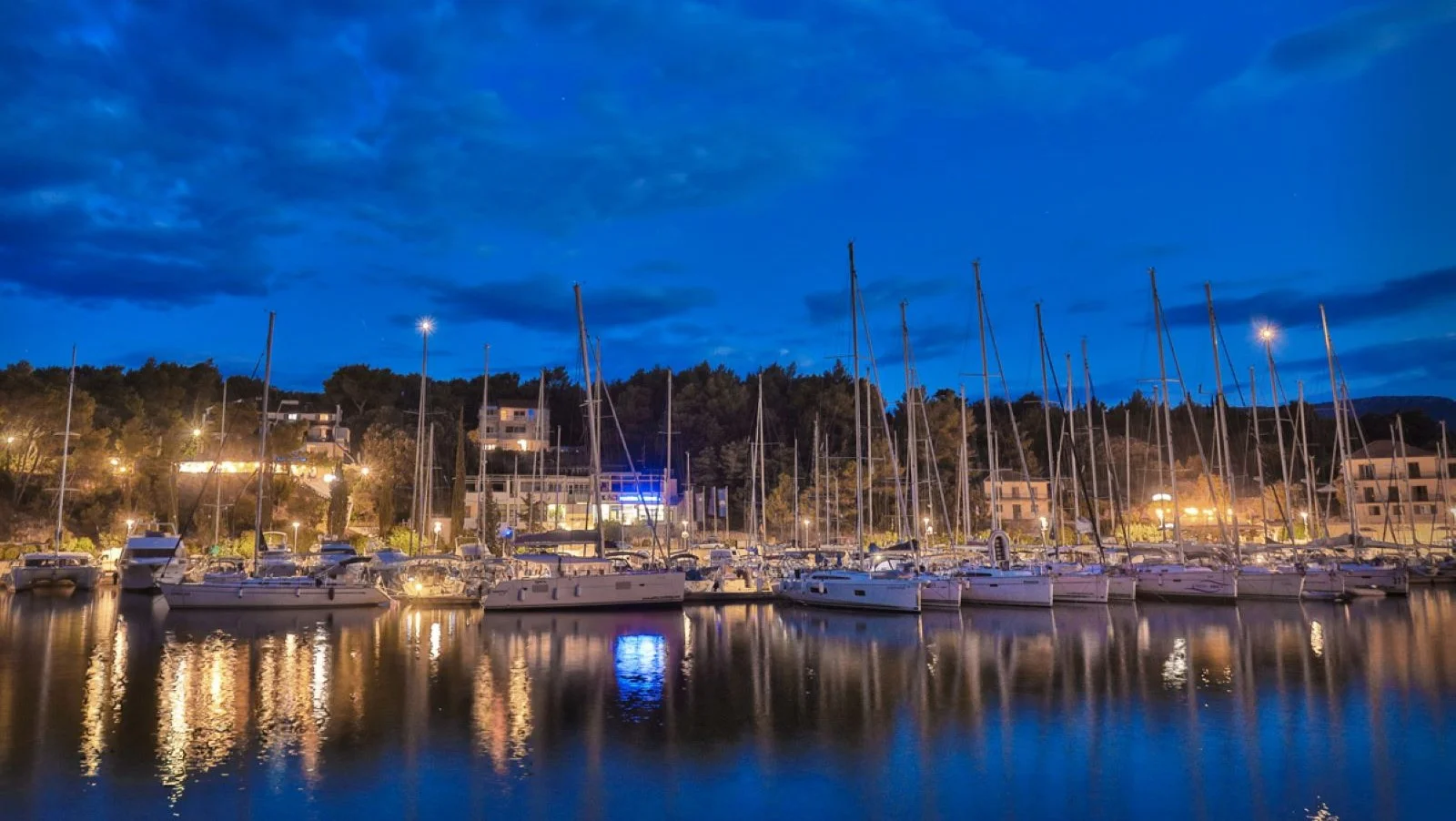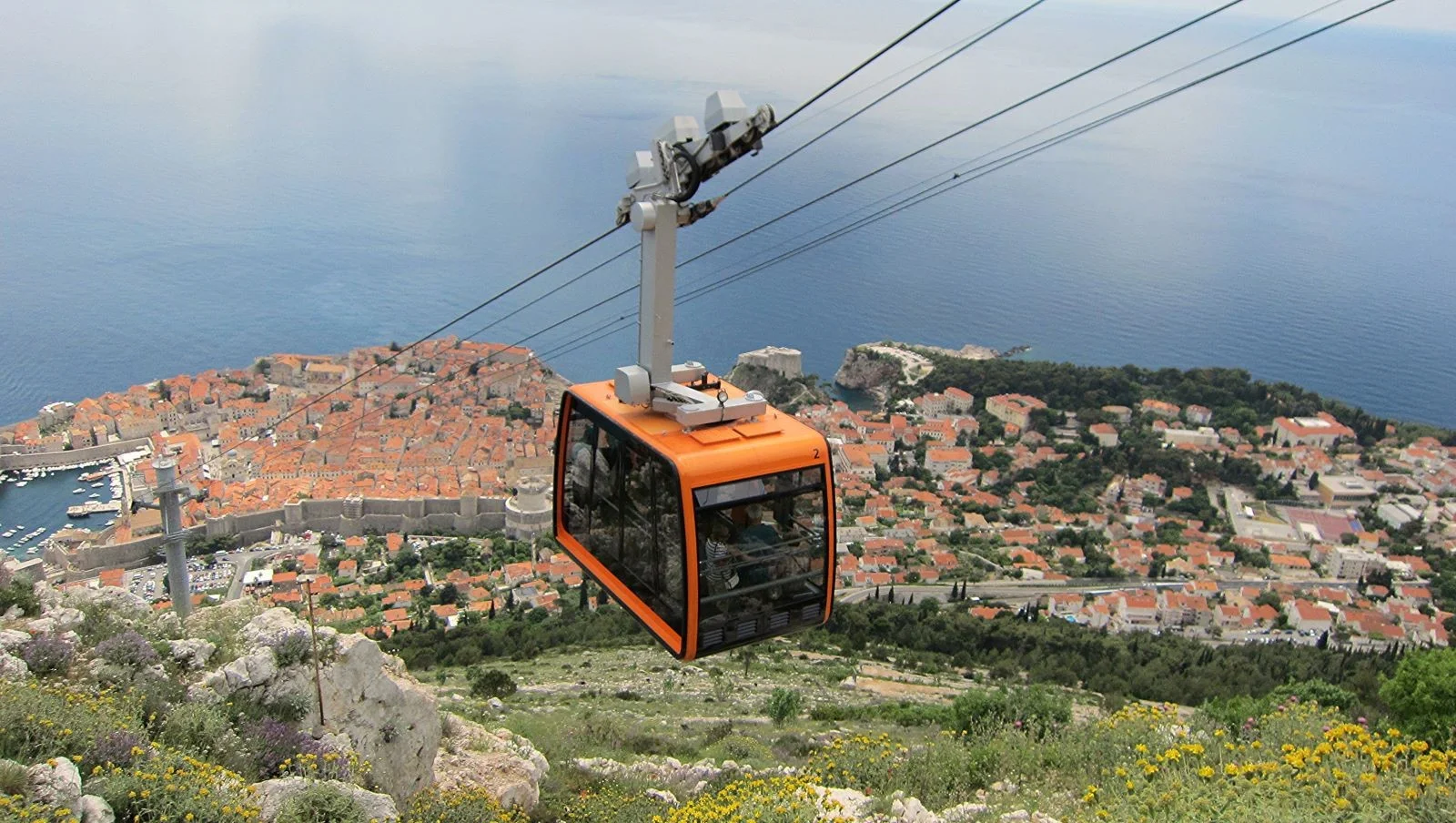Cruising around Croatia: a week or two?
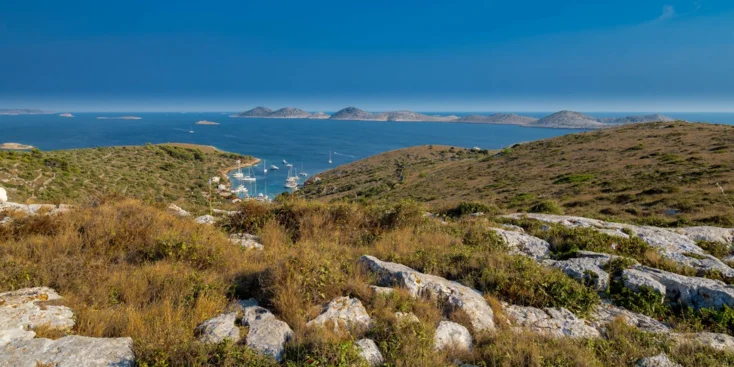
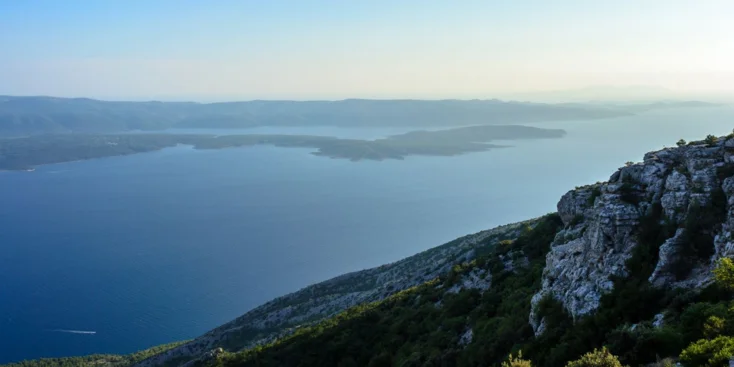
Croatia has almost six thousand kilometres of coastline, hundreds of secluded coves and beaches, distinct culture and a great infrastructure with some of the best marinas in Europe…
It doesn’t matter if you choose a sailing yacht or a motor one, a monohull or a catamaran. What matters most is taking it slow, moving from one island to another in small passages, watching sunsets, trying local wines and cuisine.
Summer or autumn?
The yachting season in Croatia is long. In May it is normally quite warm, and by early July the water warms up, reaching its top temperature in August. However, both July and August are high season, which means that it is better to book restaurants and marinas in advance, as even near some uninhabited islands you will sometimes be not the only one at anchor. While September is just fine. The sea still keeps the August warmth, the days are quite long, but there is no fever in marinas, and, as a rule, the prices are about 20% lower than in summer.
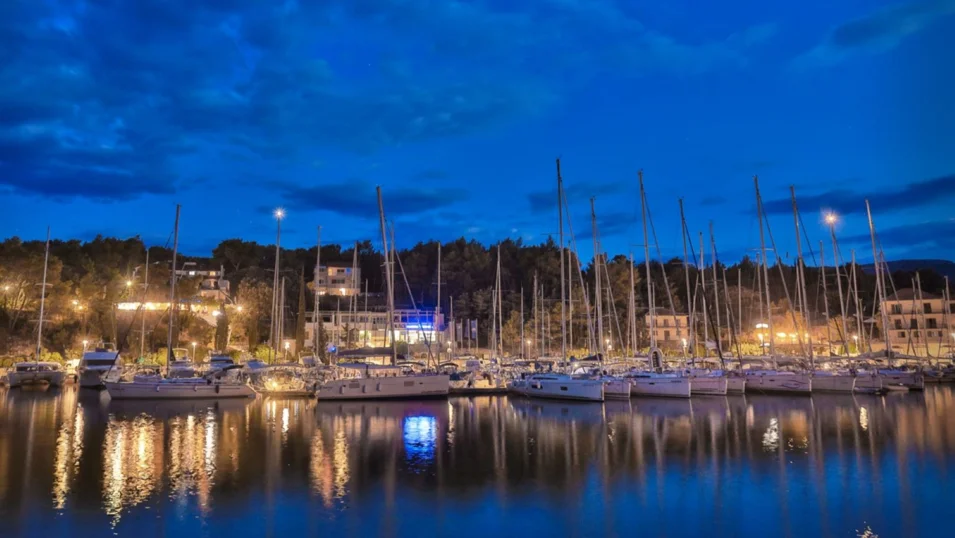
A week or two?
Even three or four months are not enough for all of the 1200 plus islands, stretching from north to south for hundreds of kilometres. Croatia can be explored for years. If you only have a week, it is better to start from Dubrovnik and head for Split or vice versa, as it will allow you to see the best places and get completely opposite impressions: from pristine national parks and amazing bays to bars and clubs with their lively nightlife. Besides, the passages between the islands will be short, so you will have maximum time for recreation on the water when at anchor.
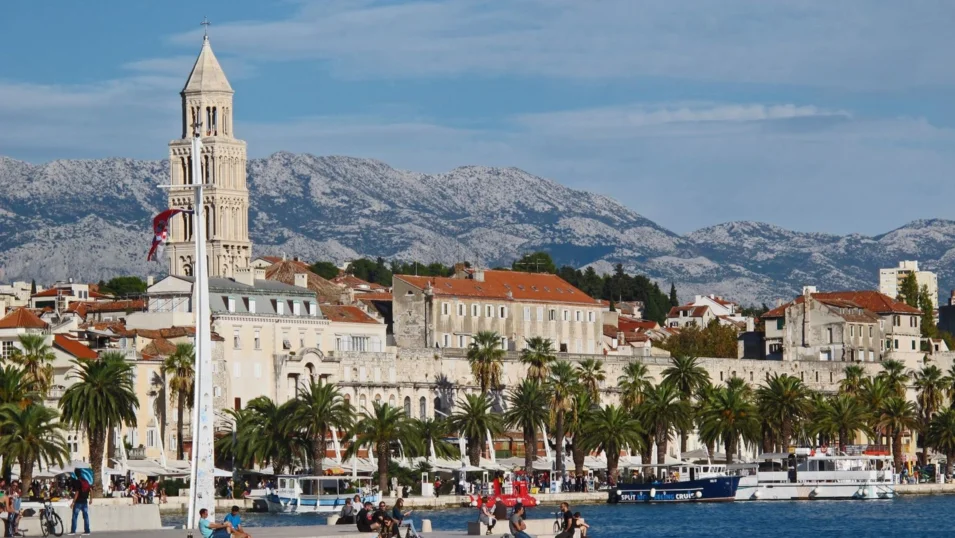
If you are ready for a longer cruise like ten days or two weeks, you can add Northern Dalmatia to the route from Dubrovnik to Split, and reach the Kvarner Gulf (Kvarnerski zaljev), where the influence of Italy is particularly obvious.
For a week
Dubrovnik
Dubrovnik is a convenient place to start and head north. There is a spectacular old town, surrounded by fortified walls. If you have a chance, take a cable car to go up the Srđ mountain to enjoy the stunning panoramic view.
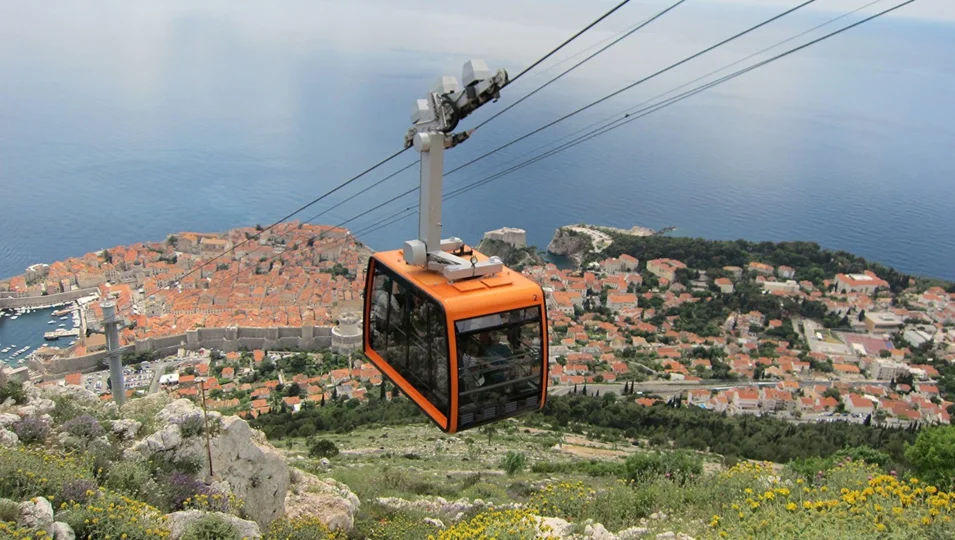
Šipan (Otok Šipan)
Just after a short passage you reach the Elaphiti Islands. The island of Šipan (Otok Šipan) is the most populated of them. All in all, there are no more than 500 residents in just two villages known for their 17-18 century villas, built for the aristocrats from Dubrovnik. But the main treasure is the amazing nature with olive groves and orange, lemon and fig orchids. Get ashore and just walk, walk and walk.

Mljet
Mljet is famous for its saltwater lakes, a 12th century monastery and a cave hidden on the southern coast, where, according to Homer, Odysseus found home for a few years. We recommend stopping in one of the bays north-west of Mljet, for example, near a small island of Pomeštak (Otok Pomeštak).

Korčula
An old town with bright orange roofs, palaces, a cathedral and Marco Polo museum (Marko Polo Centar) are all great for an evening agenda. In the afternoon you can explore the small islands of the archipelago on the eastern side, for instance, Badija or a small island of Proizd (Otočić Proizd) to the west.
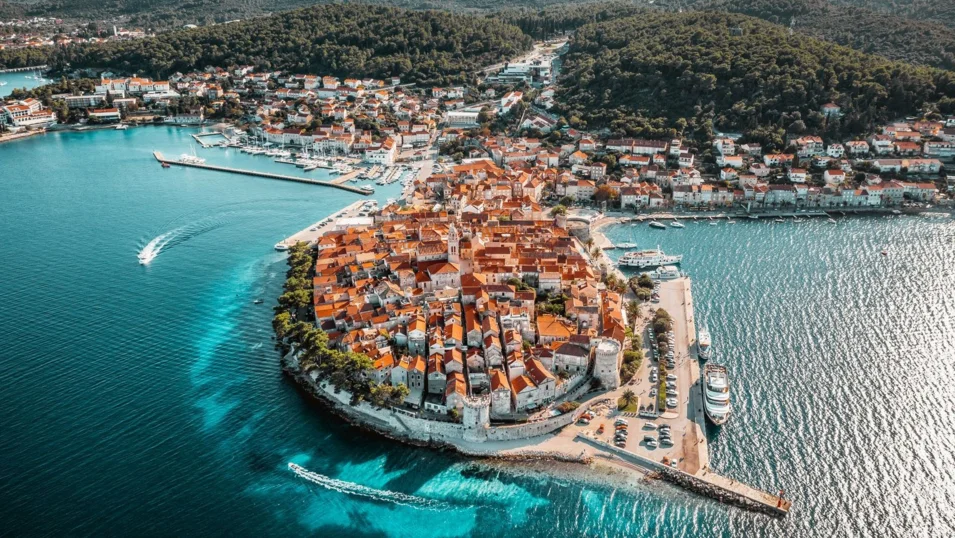
When leaving the island, don’t forget to get some autochthonous white wines of Korčula – Pošip and Grk. Such local winemakers as Zure, Black Island, Tasovac and Bire are regularly noted by international experts.
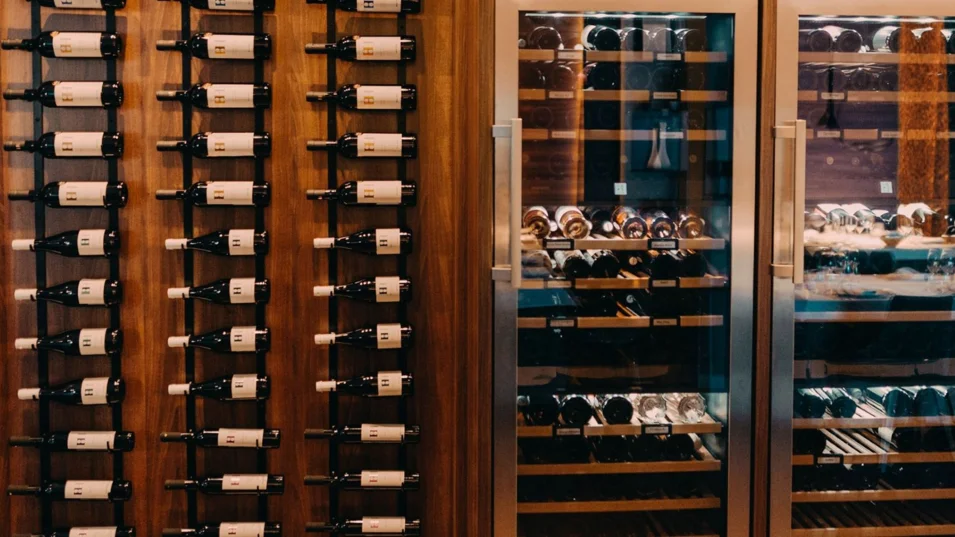
Hvar
This is the most fun and happening island in Croatia. It isn’t hard to find your favourite rare champaign here, and you can try local lobsters in every third café. To get more peace and quiet and some special impressions head for Paklinski islands (Paklinski otoci) that are right opposite the town of Hvar.
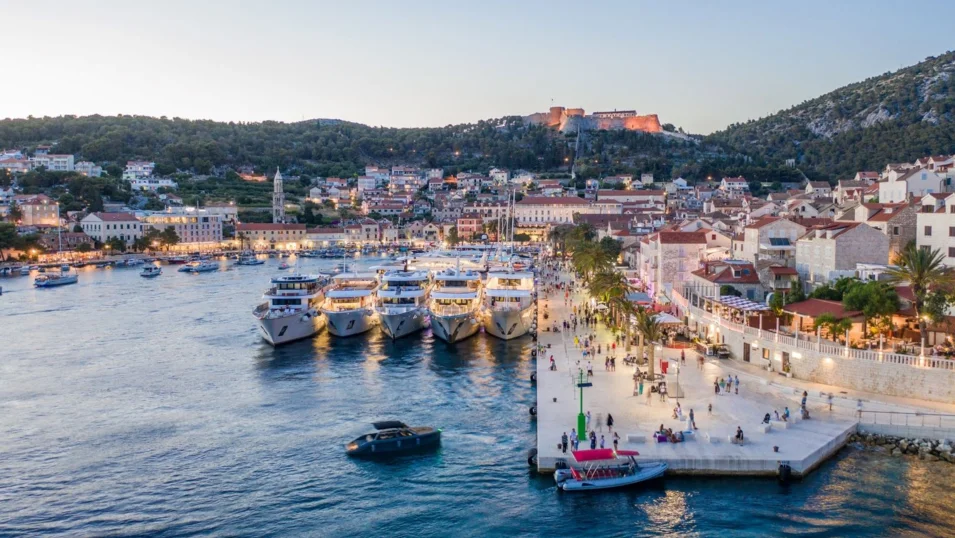
Brač
There are two places here that are definitely worth getting ashore. The first one is mount Vidova Gora that is further inland. Its peak is 780 meters above the sea, which is the highest in Croatia, and there is a magnificent view. The second one is the town of Bol, located next to one of the most beautiful sandy beaches called Zlatni rat. Another really good beach is called Plaža Lovrečina, located in the northern part of Brač.
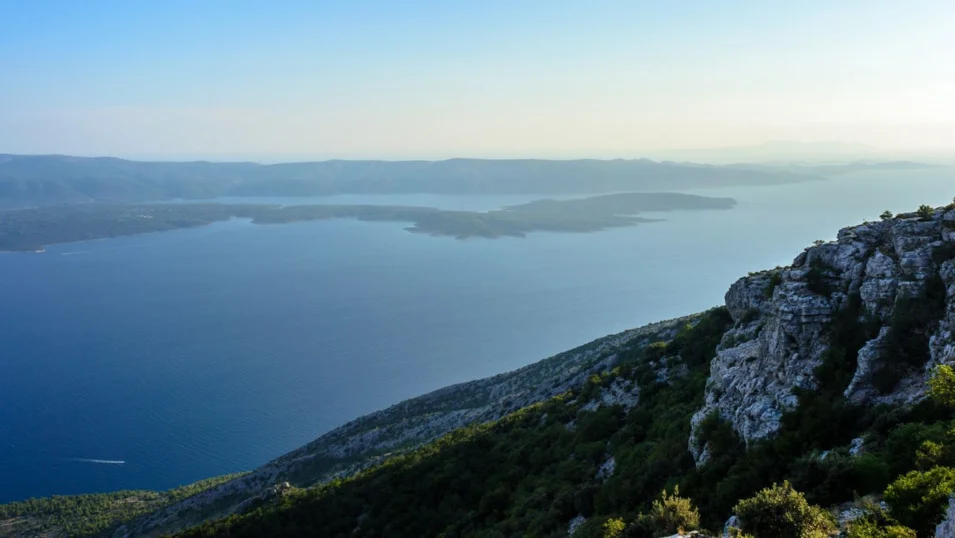
Split
This port can be a great finish for a week-long trip. See the ‘Game of Thrones’ locations, take a walk along the embankment and visit the ruins of Diocletian’s palace. If you can stay a couple of days longer, plan a canoe safari down the Cetina river (Rijeka Cetina).
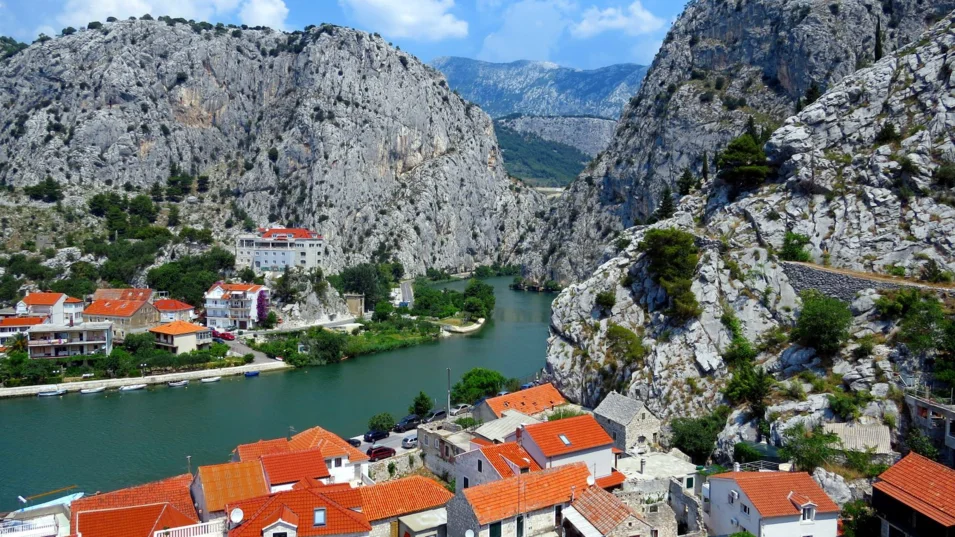
What if you have two weeks?
Kornati
There are about a hundred islands and reefs in the Kornati archipelago (which is also a national park). To enter it on a yacht, you have to buy a ticket online. Any bay here is great to explore the underwater world with a mask and fins.
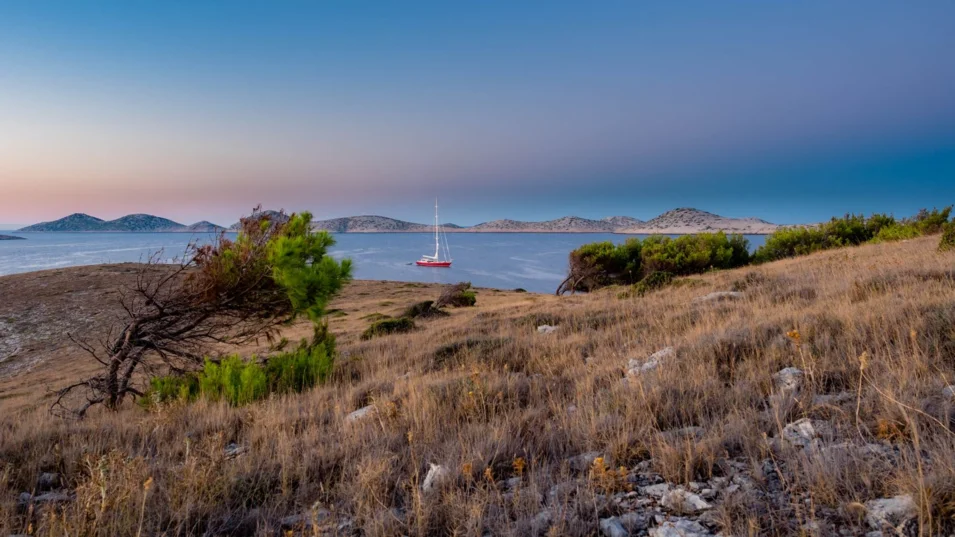
Rab
The island of Rab is one of the greenest in the area. It is located in the Kvarner gulf and boasts mainly sandy beaches – which is not typical of Croatia. If you like exciting snorkelling, not far from Rab in Zavratnica gulf you can explore the remains of a ship that sank during the Second World War.
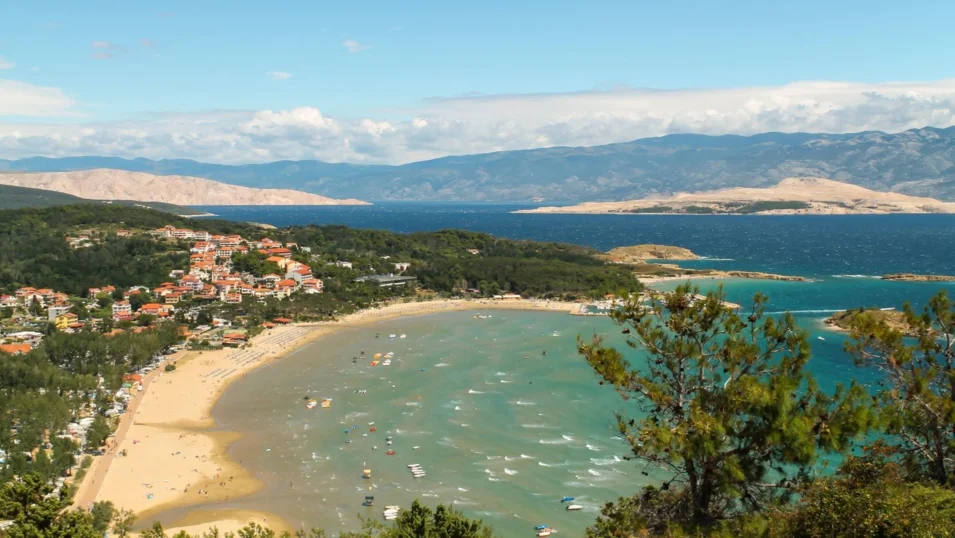
Krk
In addition to amazing examples of Romanesque architecture, fishing villages and coves with crystal clear water, this island is famous for its sparkling wine called Valomet Brut Nature, that is very dry and with no added sugar. The bottles are kept at a depth of 30 metres in bay not far from the town of Vrbnik at a temperature of 12 degrees.
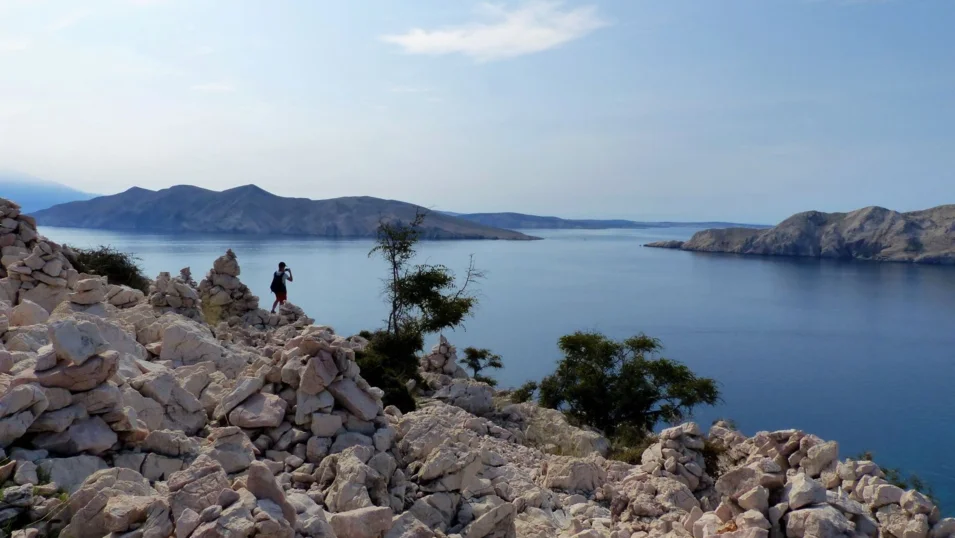
Lošinj
There are over 200 bottlenose dolphins in the coastal waters of this island. It’s a good idea to ask the local fishermen, where you are more likely to see them. When on shore, we recommend seeing the Museum of Apoxyomenos in the town of Mali Lošinj. It is devoted to the antique bronze statue of an athlete called Apoxyomenos, which was found in 1997 by Belgian tourists at the depth of 45 metres. The statue’s condition is amazing, although it had spent almost two thousand years on the bottom. In the 1st century AD it was transported on a Roman ship and thrown overboard in an attempt to save the vessel during a storm.

Veliki Brijun
The northmost point of the route is located in the outskirts of Pula. The city is famous for the ruins of an ancient Roman colosseum (the Pula Arena), the Temple of Augustus and the triumphal arch. Half a day or a day after the cruise is over will be enough to see these sights. But make sure you go to the Brijuni National Park. The island of Veliki Brijun has a unique garden and a geological park with real dinosaurs’ footprints. By the way, it is here that the Yugoslav leader Josip Broz Tito had his summer residence throughout 35 years in power, and he did have an eye for beautiful spots.
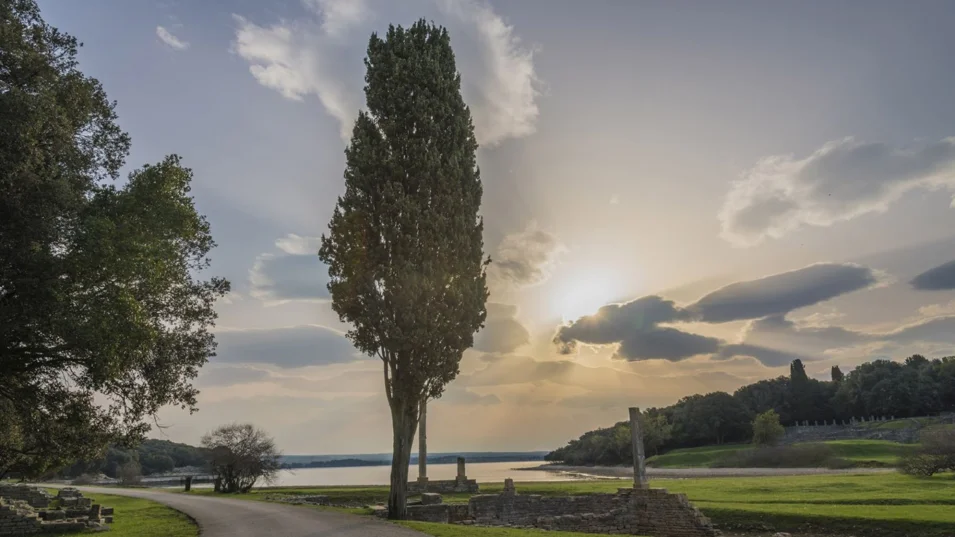
You have successfully subscribed to our newsletter
